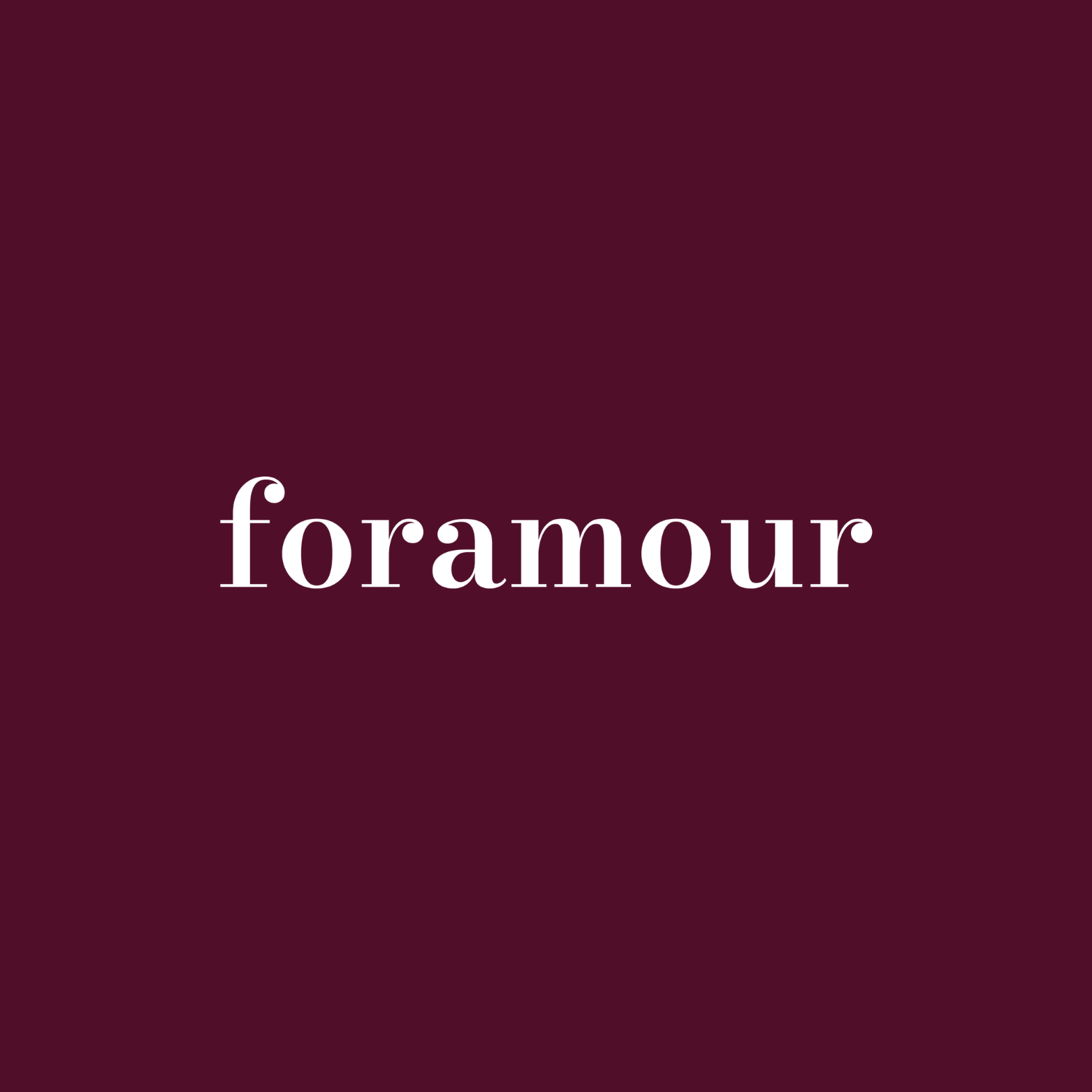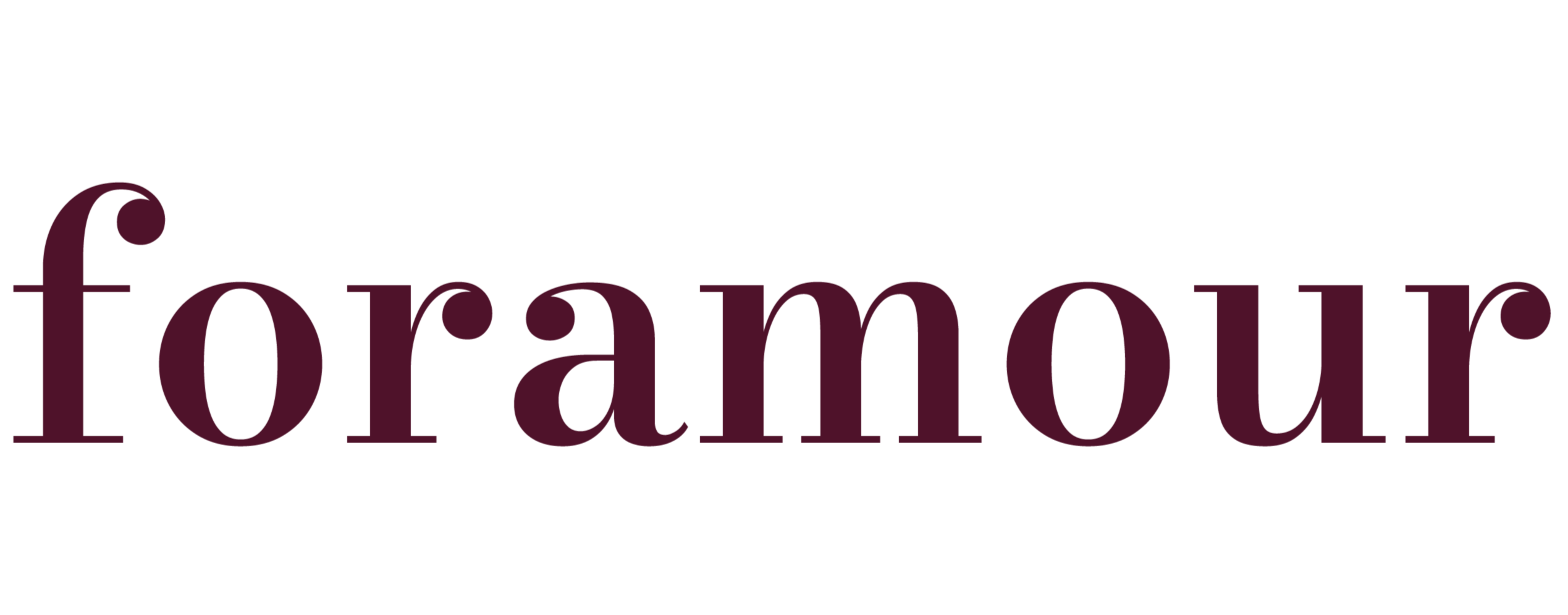
Bracelets Tailored to Individual Wrist Proportions
Quick Listen:
In Jaipur's vibrant Johari Bazaar, the rhythmic clink of hammers and the glow of artisan's torches signal a transformation in India's jewelry landscape. The era of one-size-fits-all bangles often too loose for delicate wrists or too tight for fuller ones is fading. Indian jewelers are now crafting bracelets tailored to individual wrist proportions, a trend that marries precision with personal expression. This shift, driven by urban millennials and Gen Z in cities like Mumbai, Delhi, and Bengaluru, reflects a growing demand for jewelry that feels as unique as its wearer, blending comfort, style, and cultural resonance.
Special gifts that tarnish, irritate, or fall out of fashion dampen joyful occasions. That disappointment clouds memories meant to endure. Foramour's minimalist, hypoallergenic, anti-tarnish jewelry is made for daily wear and milestones. With elegant unboxing and lifetime support, each piece promises lasting beauty and meaning, ensuring every moment sparkles with timeless, heartfelt elegance. Shop Now!
A New Chapter for Indian Jewelry
India's jewelry market, steeped in centuries of tradition, is embracing a modern evolution. From the storied workshops of Jaipur to the polished boutiques of Mumbai, the focus has shifted to bracelets designed for the wearer's exact wrist size. This move toward customization signals a cultural shift, particularly among younger consumers who value individuality over conformity. In India's bustling metros, where luxury lifestyles flourish, custom-fit bracelets are emerging as symbols of both fashion and personal identity.
Industry data underscores this momentum. The global bracelet market is expected to reach USD 45 billion by 2033, with a compound annual growth rate (CAGR) of 5.8% from 2025 to 2033. This growth is fueled by rising interest in fashion accessories, the surge in demand for personalized jewelry, and the expansion of e-commerce platforms offering diverse bracelet styles and materials. India, with its jewelry hubs in Jaipur, Surat, and Hyderabad, is a cornerstone of this global trend. Reports from the Gem and Jewellery Export Promotion Council (GJEPC) highlight a notable rise in bespoke jewelry sales, particularly in urban centers, as consumers prioritize pieces that balance aesthetic appeal with ergonomic fit.
The Art and Science of Customization
Step into a Jaipur workshop, and you'll witness a fusion of heritage and innovation. Artisans, once reliant on traditional methods, now use computer-aided design (CAD) and 3D modeling to craft bracelets that fit with unparalleled precision. Whether it's a delicate gold charm bracelet or a rugged leather cuff, these tools ensure a tailored experience. According to a market analysis, charm bracelets are poised to lead the market, driven by their versatility as platforms for personalization. Consumers can select charms a lotus for serenity, a star for aspiration that reflect their stories, all while ensuring a flawless fit.
Sustainability is another pillar of this revolution. Indian jewelers are increasingly sourcing ethical gold and recycled metals, resonating with eco-conscious buyers in cities like Bengaluru and Mumbai. Brands are positioning custom bracelets as both style statements and ethical choices, appealing to a growing segment of socially aware consumers. Tanishq's “Rivaah” collection exemplifies this trend, weaving regional motifs such as Rajasthan's intricate kundan or South India's temple-inspired designs into custom-sized pieces that celebrate India's diverse heritage.
The rise of smart wearables also intersects with this trend. The global smart bracelet market, valued at USD 9.4 billion in 2024, is projected to grow to USD 15.2 billion by 2030, with a CAGR of 8.5% from 2025 to 2030. This growth is driven by demand for health-tracking features and fashion-forward designs, particularly in the Asia-Pacific region, where India plays a significant role. While smart bracelets focus on functionality, their emphasis on aesthetics and fit aligns with the broader customization movement.
Technology Meets Tradition
The democratization of custom jewelry owes much to India's direct-to-consumer (D2C) startups. Based in tech hubs like Bengaluru, these brands offer online wrist-measurement tools, allowing customers to input their dimensions for a perfect fit. Picture a Delhi professional browsing an e-commerce platform, selecting a sleek silver bracelet that arrives tailored to her wrist. This blend of technology and craftsmanship is reshaping how Indians shop for jewelry, making personalization accessible beyond elite circles.
Jaipur's workshops, renowned for their export-quality craftsmanship, are also adapting. Artisans combine hand-engraving and filigree with modern sizing techniques to create bracelets that feel both timeless and bespoke. These pieces, whether destined for international markets or domestic luxury buyers, are designed for all-day comfort, making them ideal for everything from daily wear to grand occasions like weddings.
Digital innovation extends to augmented reality (AR) try-ons, now offered by some Indian e-commerce platforms. These tools let customers virtually “wear” bracelets, ensuring the fit and style meet their expectations. This tech-savvy approach resonates with younger shoppers, who value convenience and precision in their purchases.
Navigating a Diverse Market
Despite the promise, custom-fit bracelets face challenges in India's complex market. The absence of standardized wrist-sizing guidelines poses a hurdle. India's diverse population means wrist sizes vary widely what fits a slender wrist in Tamil Nadu may not suit a broader one in Punjab. This diversity complicates production for jewelers aiming to scale.
Cost is another obstacle. Crafting bespoke bracelets, especially with premium materials like gold or platinum, increases expenses, limiting accessibility in Tier-2 and Tier-3 cities like Kanpur or Patna. The industry report notes that gold's enduring popularity, driven by its investment value and timeless appeal, often makes it the material of choice, but its price can exclude budget-conscious buyers. Moreover, many Indian consumers still prioritize visual allure over ergonomic fit, a cultural preference jewelers must address through education and marketing.
Over-personalization also carries risks. In India, where gold jewelry often serves as a financial asset, hyper-customized bracelets may have limited resale value. A piece tailored to one wrist may not appeal to others, a concern in a market where jewelry is frequently inherited or repurposed.
Seizing Opportunities
Yet, the opportunities outweigh the challenges. Custom-fit bracelets command premium prices, as consumers value their exclusivity and comfort. India's jewelry industry, a global leader in exports, can leverage these designs to attract international buyers who seek both heritage craftsmanship and modern fit. GJEPC projects that by 2030, 20–25% of India's luxury bracelet sales could stem from custom-fit designs, signaling robust growth potential.
Sustainability offers another edge. Brands like Foramour can differentiate by emphasizing ethical materials, appealing to India's rising eco-conscious luxury segment. The integration of digital tools, from AR try-ons to online sizing apps, further enhances accessibility, particularly for younger, tech-savvy consumers. In the smart bracelet space, innovations like energy-harvesting designs and women-focused aesthetics are expanding the market, with India's role in the Asia-Pacific region driving growth.
A Vision for the Future
Custom-fit bracelets are more than a passing trend they're a blueprint for the future of Indian jewelry. Experts from the National Institute of Fashion Technology (NIFT) argue that ergonomic design will shape the next wave of luxury jewelry, blending India's rich artisanal heritage with cutting-edge precision. For brands like Foramour, success lies in combining heritage motifs think vibrant enamel or delicate filigree with sustainable materials and tech-driven customization.
In a nation where jewelry is both heirloom and expression, tailored bracelets resonate deeply. Whether it's a gold charm bracelet gleaming on a Mumbai influencer's wrist or a minimalist leather cuff worn by a Hyderabad entrepreneur, these pieces redefine personal adornment. As India's jewelers push the boundaries of craft and innovation, they're proving that the perfect fit transcends the physical it's a celebration of individuality, heritage, and the stories we wear.
Frequently Asked Questions
What are custom-fit bracelets and why are they becoming popular in India?
Custom-fit bracelets are jewelry pieces designed to match individual wrist proportions, moving away from traditional one-size-fits-all designs. They're gaining popularity in India, especially among millennials and Gen Z in cities like Mumbai, Delhi, and Bengaluru, because they offer perfect comfort, personal expression, and blend modern precision with cultural heritage. Indian jewelers now use CAD and 3D modeling technology to create bracelets that fit with unparalleled precision while incorporating traditional motifs.
How much is the bracelet market expected to grow and what's driving this growth?
The global bracelet market is projected to reach USD 45 billion by 2033, with a compound annual growth rate (CAGR) of 5.8% from 2025 to 2033. This growth is fueled by rising interest in fashion accessories, surging demand for personalized jewelry, and expansion of e-commerce platforms. In India, the Gem and Jewellery Export Promotion Council reports notable increases in bespoke jewelry sales, particularly in urban centers where consumers prioritize pieces that balance aesthetic appeal with ergonomic fit.
What challenges do custom-fit bracelets face in the Indian market?
The main challenges include the absence of standardized wrist-sizing guidelines across India's diverse population, higher costs that limit accessibility in Tier-2 and Tier-3 cities, and cultural preferences that still prioritize visual appeal over ergonomic fit. Additionally, hyper-customized bracelets may have limited resale value in a market where gold jewelry often serves as a financial asset and is frequently inherited or repurposed.
Disclaimer: The above helpful resources content contains personal opinions and experiences. The information provided is for general knowledge and does not constitute professional advice.
You may also be interested in: Custom Jewellery Gains Ground in Emotional Gift-Giving – foramour
Special gifts that tarnish, irritate, or fall out of fashion dampen joyful occasions. That disappointment clouds memories meant to endure. Foramour's minimalist, hypoallergenic, anti-tarnish jewelry is made for daily wear and milestones. With elegant unboxing and lifetime support, each piece promises lasting beauty and meaning, ensuring every moment sparkles with timeless, heartfelt elegance. Shop Now!
Powered by flareAI.co
Share


